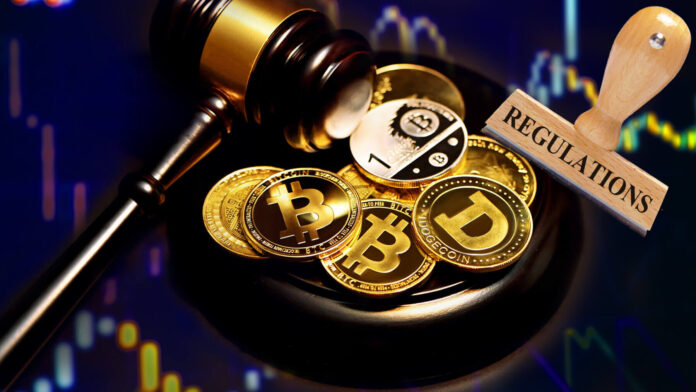- The UAE Central Financial institution has permitted a stablecoin regulatory framework that permits solely dirham-backed stablecoins for use for funds.
- Cryptocurrencies similar to bitcoin and ethereum can be restricted to buying and selling, funding and company treasuries, whereas overseas stablecoins will solely be allowed to buy particular digital belongings similar to NFTs.
- The brand new framework ought to change into operational in June 2025.
The UAE Central Financial institution's current regulation on stablecoins is poised to reshape the way in which cryptocurrencies function within the nation, bringing a structured framework for using digital currencies. This regulation, which can come into impact in June 2025, will restrict using main cryptocurrencies similar to Bitcoin and Ether for transactional functions, as a substitute permitting solely dirham-backed stablecoins for funds within the Emirates.
The Regulation goals to supply readability and cut back authorized uncertainty for companies and promote safe interactions between FinTech corporations and Digital Asset Service Suppliers (VASPs) similar to exchanges and fee processors. Exempted from this new rule are monetary free zones, which permit some flexibility for worldwide enterprise operations.
Market and stakeholder impression
Recognizing particular use instances for overseas fee tokens, together with non-fungible tokens (NFTs), is anticipated to encourage collaboration between FinTech corporations and VASPs. This transfer will assist get rid of compliance dangers and authorized ambiguities and promote a safer and extra various market setting.
A phased method will permit time for the event of a dirham-backed stablecoin and guarantee a easy transition for stakeholders. Amid these adjustments, Bitcoin and Ether can be relegated to funding and buying and selling functions and can stay an integral a part of company coffers and funding portfolios.
Tendencies in a secure market
The worldwide stablecoin market is increasing quickly. Knowledge from Chainalysis signifies that purchases of stablecoins reached $40 billion in March 2024, highlighting their rising significance throughout the cryptocurrency ecosystem. The brand new UAE regulation emphasizes the necessity for thorough oversight, reflecting classes from previous market collapses such because the $60 billion wipeout following the Could 2022 collapse of TerraUSD and Luna.
Dirham-backed stablecoins can both be reserve-backed non-public entities or act as Central Financial institution Digital Currencies (CBDCs) if issued by the UAE Central Financial institution. In contrast to risky cryptocurrencies, these stablecoins supply worth stability, making them appropriate for on a regular basis transactions and cross-border funds, whereas leveraging the transparency and immutability of blockchain know-how.
Regulatory framework and compliance
The brand new regulation mandates that no entity can concern a fee token with out submitting a white paper to the central financial institution for approval. This doc should include detailed technical specs and operational knowledge of the fee token and guarantee an intensive evaluation earlier than getting into the market. Banks are usually not immediately approved to concern fee tokens, however could accomplish that via subsidiaries or associates so long as they meet licensing and regulatory necessities.
Amir Tabch, managing director for the Center East at Liminal Custody, emphasised that the transition to dirham-backed fee tokens is possible and solely requires an adjustment of buying and selling pairs. This modification will resolve present points such because the conversion of digital currencies to conventional currencies, thereby enhancing the soundness and compliance of crypto operations within the UAE.
